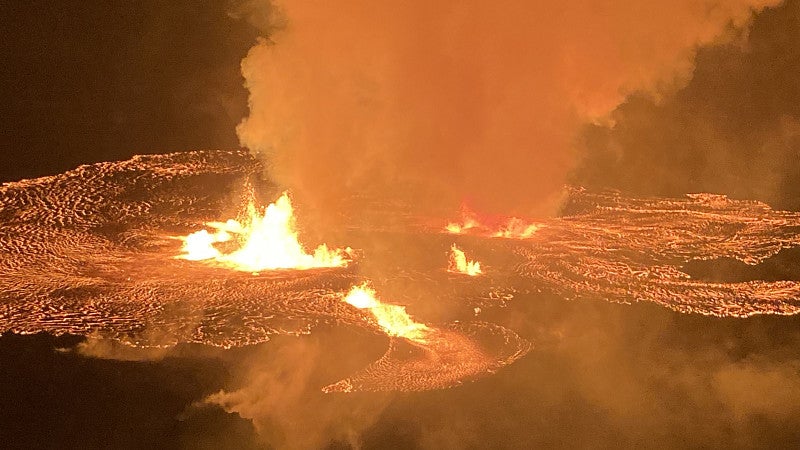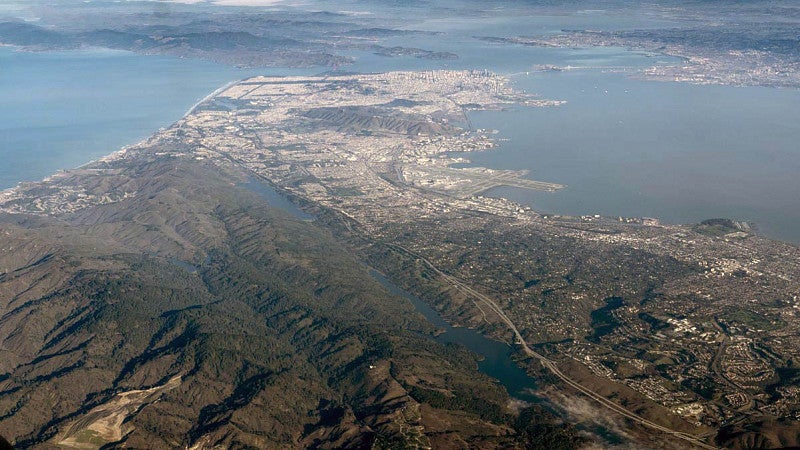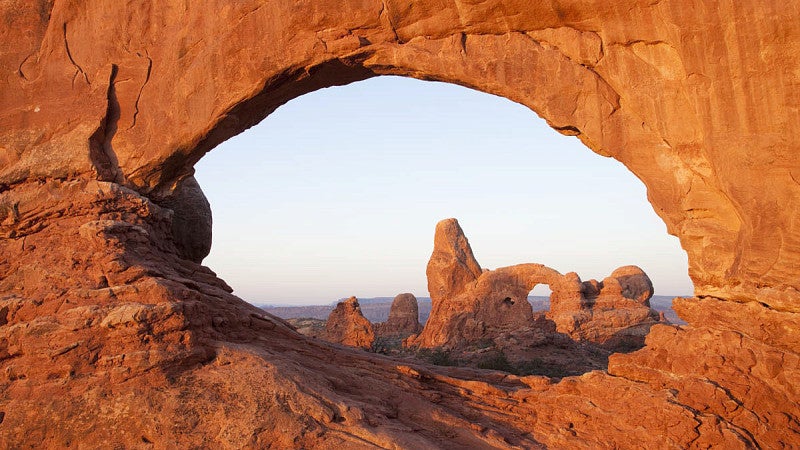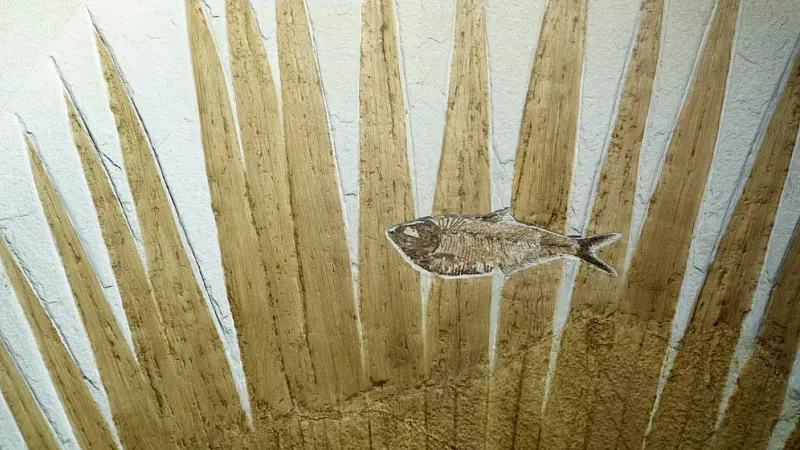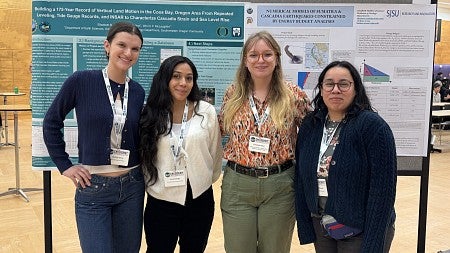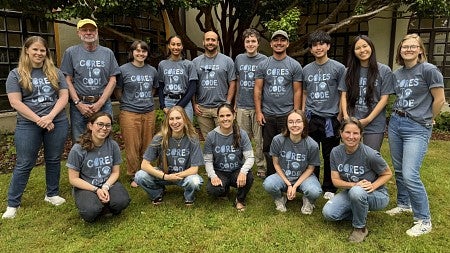Within the Department of Earth Sciences, our diverse specialties are unified under a common desire to understand the underlying processes that shape the planet whether that be erosion, mantle convection, hydrothermal reactions, earthquakes, or volcanic eruptions. We are also intrigued by how life has evolved and adapted on our planet throughout geologic time, and how life interacts with the larger Earth system. Our mission is to educate and train a future generation of earth scientists, advance our current understanding of the Earth system through scholarship and research, and serve as a resource to the university and broader community on topics related to our planet.
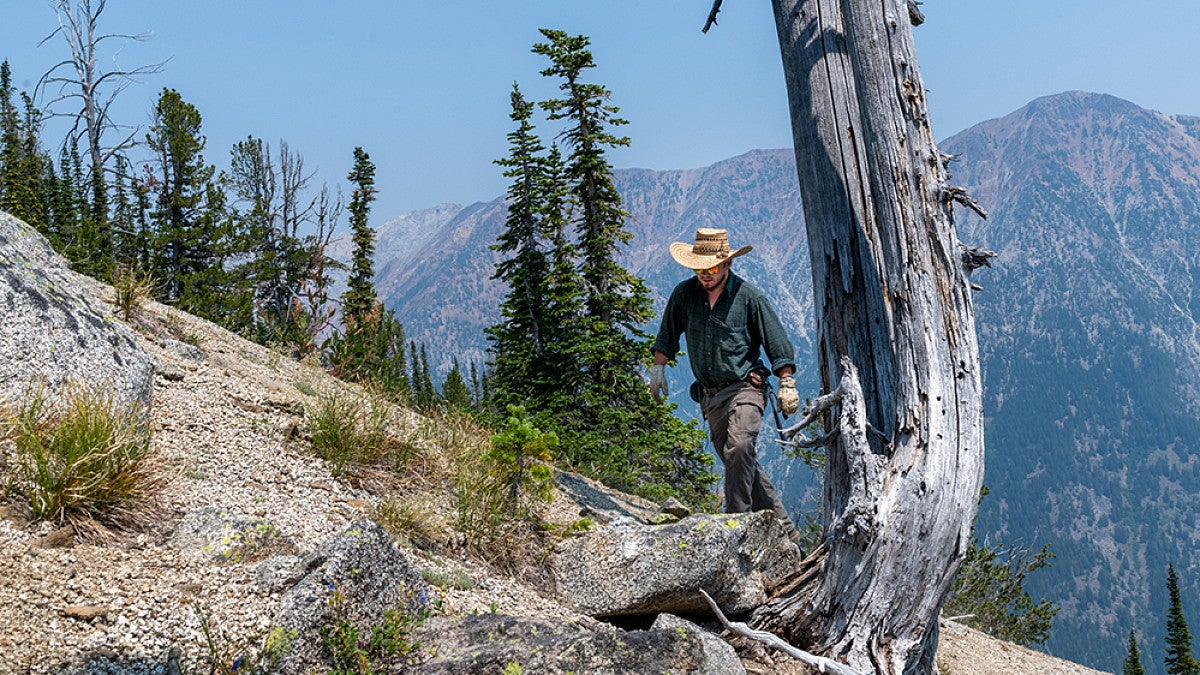
Faculty Research Areas
The Department of Earth Sciences is home to world-class scientists whose research focuses on the physical, chemical, and biological evolution of our planet. Our proximity to the Cascade volcanoes, along with the tectonic complexity of the western North American margin, motivates numerous individual and collaborative studies, many of which benefit from on-site access to cutting-edge analytical, experimental, and computational facilities. Many of our projects are funded by the National Science Foundation, NASA, and the US Geological Survey. Our faculty focus their research on four broadly defined groups:
Our Research Facilities
Experimental Petrology Laboratory
Departmental Computing Facility
High Performance Computing Cluster
Price Science Commons Research Library
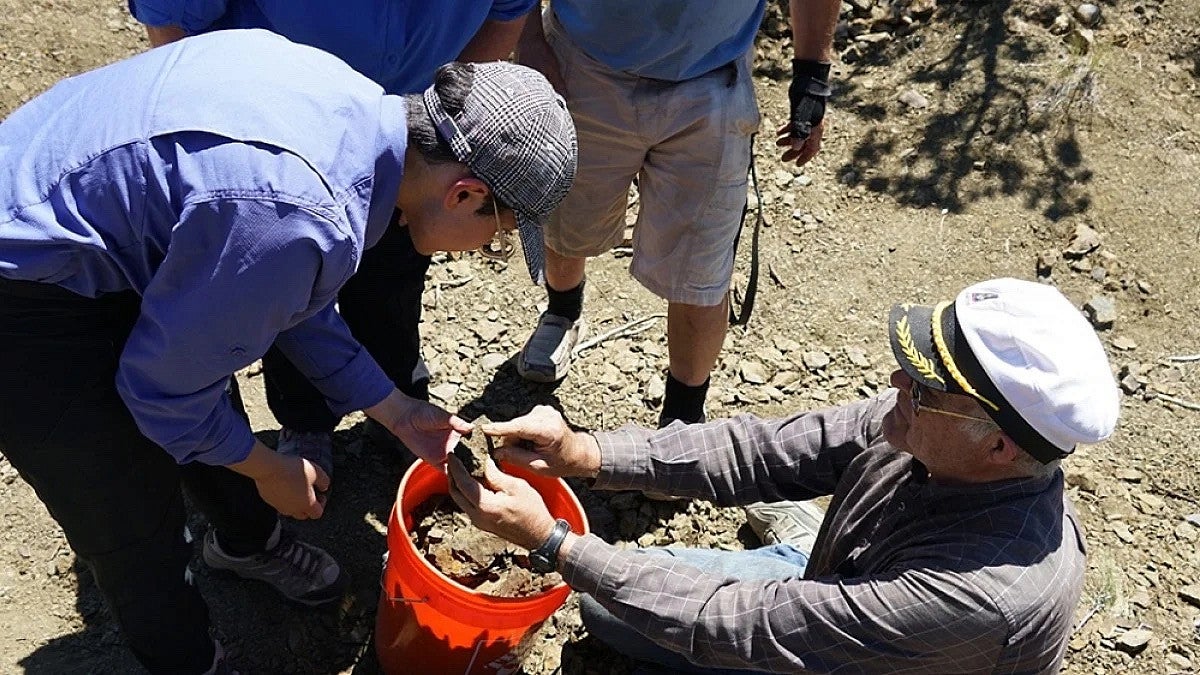
Explore Published Research
Browse the latest Earth science research from our world-class faculty and students, or attend our weekly seminar to hear scientists from top universities presenting about their discoveries.
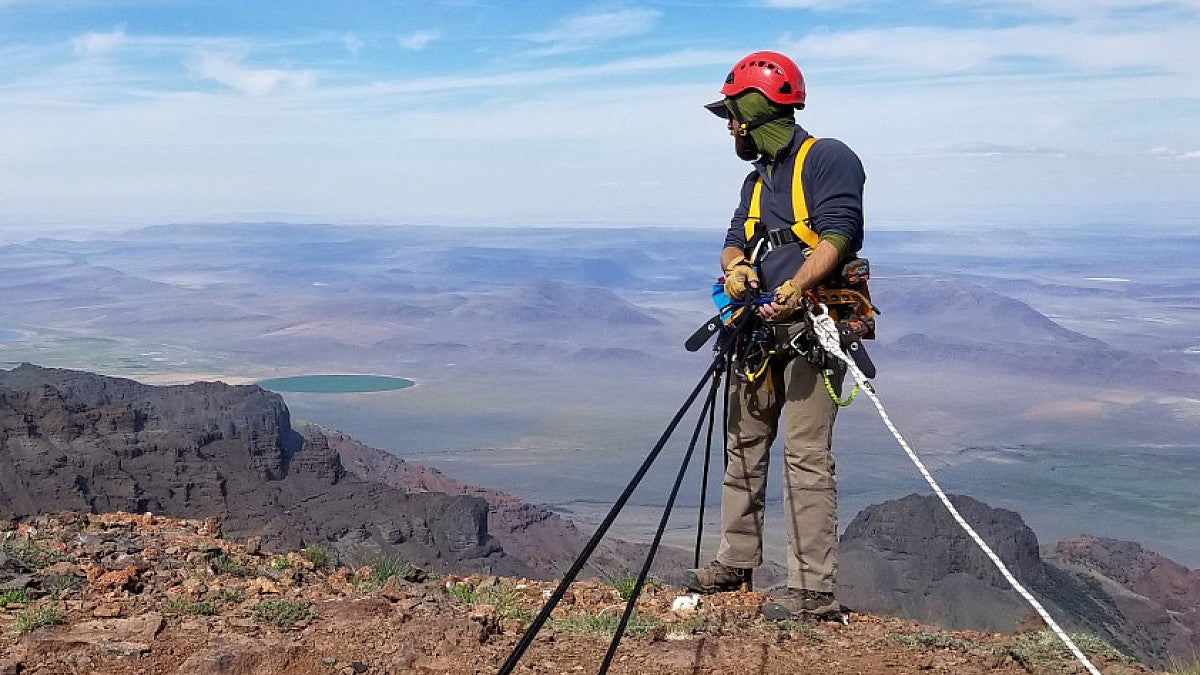
Making Oregon Disaster-Resilient
Natural hazards are an inevitable part of life in Oregon. But with better data and more forewarning, emergency responders could quickly and effectively address imminent threats. The Oregon Hazards Lab (OHAZ) is working towards that mission, leading the installation of sensors that monitor hazards and environmental conditions at key locations around the state.
Interdisciplinary Research
Many of our faculty members collaborate on environmental science research with faculty from other departments across the UO. Learn more about their interdisciplinary work.


